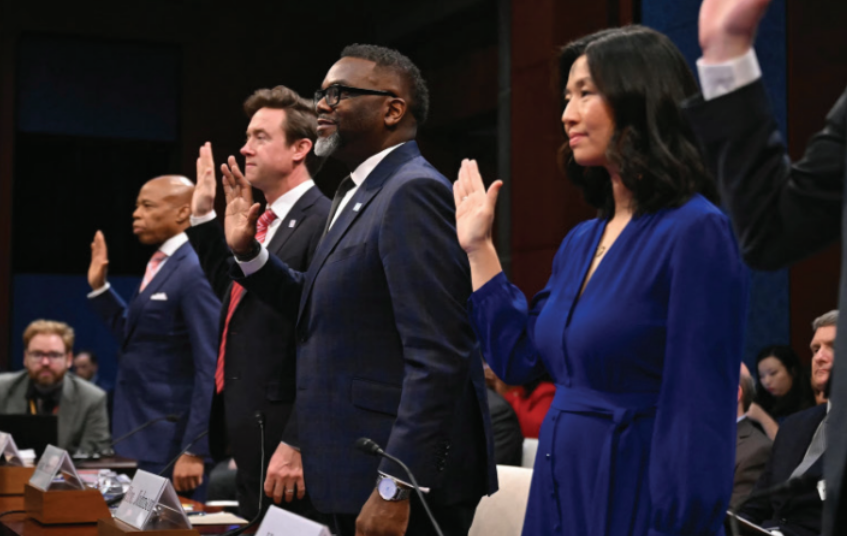As major companies like Boeing and AT&T grapple with worker strikes, it’s easy to see this as part of a growing wave of labor unrest. However, despite the rise in demands for better wages and working conditions, the number of strikes today pales in comparison to the labor movements of 75 years ago, when strikes surged in the aftermath of World War II.
The balance between corporate power and workers’ rights has been a long-standing struggle. Since the ideologies of Adam Smith and John Locke influenced America’s Founding Fathers, corporate power has grown exponentially. The Founding Fathers, wary of the dangers of political and economic centralization, initially ensured that corporations required state charters and served the public interest by building infrastructure and providing essential services–similar to the colonial era when corporations were chartered by the British crown. Over time, and largely through key Supreme Court cases, corporations gained independence from state oversight. Then, under the 14th Amendment, corporations were defined as people, affording them due process rights. This designation allowed corporations to challenge and overturn many labor regulations, including those over labor rights and minimum wages. Corporations eventually even expanded to have a major role in political campaigns.
In 2021, according to Cornell’s School of Industrial and Labor Relations, 270 strikes occurred in the US. In 2022, the number rose to 413, and this year has seen 452 strikes so far. Due to the rising cost of living, increasing inflation while wages remain stagnant, and greater corporate profits, workers have become more compelled to demand higher wages and benefits.
Since September 13th, 33,000 Boeing workers, represented by the International Association of Machinists and Aerospace (IAM), have been on strike. They are advocating for a 40% pay raise and the reinstatement of a pension plan that was discontinued in 2014. Although Boeing and the union initially reached a tentative agreement for a 25% pay increase, including an immediate 11% raise, over 95% of union members voted to reject the deal. In response, Boeing gave a final offer of a 30% raise over four years, but the union deemed this insufficient and refused to meet Boeing’s deadline, ending negotiations. Despite the ongoing strike, Boeing managed to deliver 33 jets in September, but analysts at Standard & Poor’s estimate Boeing’s losses at $1 billion a month due to the strike.
Another recent strike, the dockworkers’ strike, ended soon after it started. With an initial offer of a 50% wage increase, the tentative deal now includes a 62% raise over six years. With the Biden Administration taking a role in the new offer, the International Longshoremen’s Association suspended the strike until January 15th, giving time to negotiate and finalize a contract. If the strike had continued, it would have severely impacted companies like Walmart, IKEA, and Samsung, as well as potentially disrupted the holiday shopping season.
As unions continue to be a major part of worker leverage against companies, working conditions, and wages may continue to get better and better. Alternatively, corporations may regain power through similar historical means. Only time can tell what trends worker-company relationships will take.



















